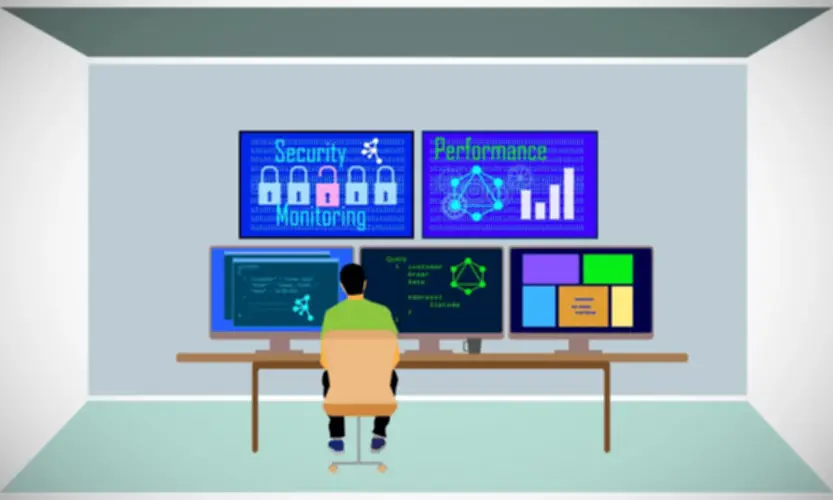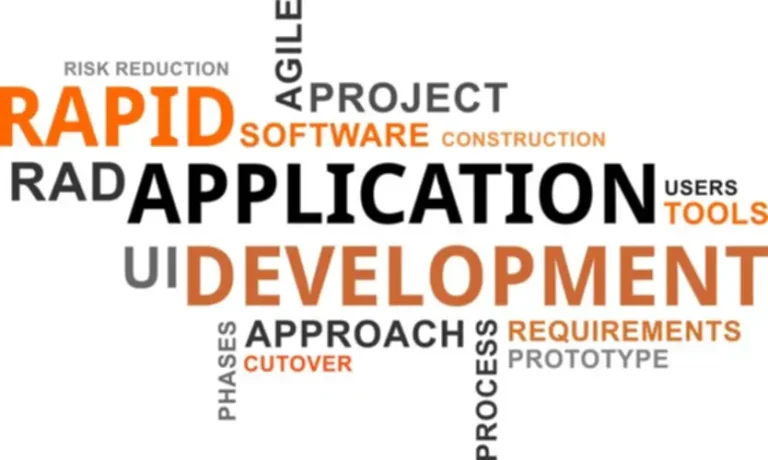- January 12, 2024
- Posted by: ranjeet
- Category: Software development
Some capabilities are to be carried out on numeric values, but when a variable with an incompatible data kind like string is given as an enter, it leads to NumberFormatException. Whenever an exception has occurred inside a way, the method creates an exception object and hands it over to JVM. There are some constraints such as the exception object is last and we can’t modify it inside the https://www.globalcloudteam.com/ catch block, learn the total evaluation at Java 7 Catch Block Improvements. Exceptions in Java can come up from totally different kinds of situations corresponding to incorrect data entered by the person, hardware failure, community connection failure, or a database server that is down.
Difference Between Checked And Unchecked Exceptions
When you carry out a Mathematical operation on a null worth, then this exception is thrown. When you attempt to store a worth in the array location with an tackle exceeding the array’s maximum location worth, this exception is thrown. The compiler identifies the presence of an exception, it rapidly exception handling packs the recognized exception within the type of an object.
Checked Exceptions Vs Unchecked Exceptions
So if an exception is thrown then a performance hit – roughly corresponding to a function call[24] – could occur if the required exception dealing with code needs to be loaded/cached. However, this scheme has minimal efficiency cost if no exception is thrown. Since exceptions in C++ are imagined to be distinctive (i.e. uncommon/rare) occasions, the phrase “zero-cost exceptions”[note 2] is sometimes used to explain exception dealing with in C++. This second approach is also superior in phrases of reaching thread safety[citation needed]. When an exception is thrown in a program, the programming language’s exception dealing with mechanism is liable for changing the traditional management flow of the program to its distinctive control flow. Thus, when an exception is thrown, the normal activity of a program is interrupted, and an acceptable exception handler is searched.
- In the example above, the catch block prints a message to the console indicating that an “ArithmeticException” has been caught.
- In the example simply thought-about, suppose that some variable X in the invoked routine violated its vary constraint.
- The use of the else clause is better than including additional code tothe attempt clause as a outcome of it avoids by chance catching an exceptionthat wasn’t raised by the code being protected by the try …except assertion.
- Alternatively, you can use defensive programming strategies corresponding to checking for null values before accessing object references to prevent the exception from occurring in the first place.
Understanding The Bom And Dom In Javascript

Let’s see an instance of Java Exception Handling during which we’re using a try-catch assertion to handle the exception. Exception handling is the process of responding to unwanted or surprising occasions when a pc program runs. Exception dealing with offers with these occasions to avoid this system or system crashing, and without this process, exceptions would disrupt the conventional operation of a program.

Example: Java Exception Dealing With Using Lastly Block
In the example just considered, suppose that some variable X in the invoked routine violated its range constraint. Producing a outcome that violates an acceptance test embedded within the program. Reading from a file, and encountering an end-of-file whereas we should still be reading information. Exceptions can be utilized to deal with (a) domain or range error, (b) an out-of-the-ordinary occasion (not failure) that needs particular consideration, or (c) a timing failure. Look on the below diagram to grasp the circulate of the call stack.

What Are Commonplace Exceptions In C++?

In this instance, we catch the DataAccessException on the UserService degree, which is the best stage potential. We then throw a customized exception known as DatabaseAccessException, which is handled at a decrease stage. When an exception happens, it is necessary to present a clear and descriptive error message that explains the cause of the exception. Condition dealing with furthermore offers a separation of mechanism from coverage. Restarts present varied potential mechanisms for recovering from error, but don’t choose which mechanism is acceptable in a given situation.

Objects which, like recordsdata,present predefined clean-up actions will point out this in their documentation. The with assertion permits objects like recordsdata to beused in a means that ensures they’re always cleaned up promptly and accurately. Java defines a quantity of kinds of exceptions that relate to its numerous class libraries.
In Java, an exception is an occasion that happens in the course of the execution of a program that disrupts the traditional move of instructions. Exceptions are used to deal with errors, surprising conditions, or other exceptional events which will happen throughout runtime. Java supplies a mechanism for dealing with exceptions via the use of try-catch blocks. If the statement does not throw an exception, the execution is regular and continues to execute the next statement. If an exception is thrown from S0, then an appropriate exception handler is searched from the primary catch clause to the final catch clause. Optional lastly clauses can also be positioned proper after the catch clauses, which is executed whether or not a thrown exception is caught or not.
Or we may retry the entire operation, hoping that it arose from some transient failure which has since gone away, or from some combination of concurrent occasions that is unlikely to recur. Automatically propagating exceptions can violate the principle of knowledge hiding. Information hiding includes the separation of the interface definition of a routine (method, perform, subroutine) from the way it is really designed and implemented. The interface is public data; in contrast, the caller of the routine doesn’t have to know the details of the design and implementation of every routine being referred to as. Not only does this reduce the burden on the caller, it also makes it attainable to enhance the implementation without any modifications having to be propagated to outdoors the routine.
Exception handling allows this system to proceed running smoothly, even when an unexpected error occurs, by offering a approach to deal with and get well from these errors. We deal with exceptions in java to make sure this system executes properly with none halt, which occurs when an exception is raised. They could additionally be minor exceptions however can cause a problem in executions of this system, therefore it becomes essential to deal with java exceptions. If java exceptions usually are not dealt with, programs might crash and execution is halted in between. A section of code is positioned under exception review, successfully capturing exceptions. When an uncommon state of affairs happens inside that block, it throws an exception and passes the control to the exception handler.
Now, that we have higher readability on the Exception Hierarchy, we shall be briefly trying into the kinds of Exceptions. For a greater experience, allow us to enter into the subsequent section, which describes the various types of Java exceptions. Let us study more about exceptions and how to deal with them, to verify the Java utility is secure and safe. This is beneficial device to deal with unexpected exceptions in a C++ program.

Exception dealing with is an important side of any programming language as it allows a program to handle unexpected errors or distinctive circumstances that may occur throughout its execution. In Java, exception dealing with is carried out using the try-catch-finally blocks. When an exception is thrown, the Java Virtual Machine (JVM) starts a seek for the appropriate exception handler by going up the call stack, checking every method in flip for a catch block that can deal with the exception.
